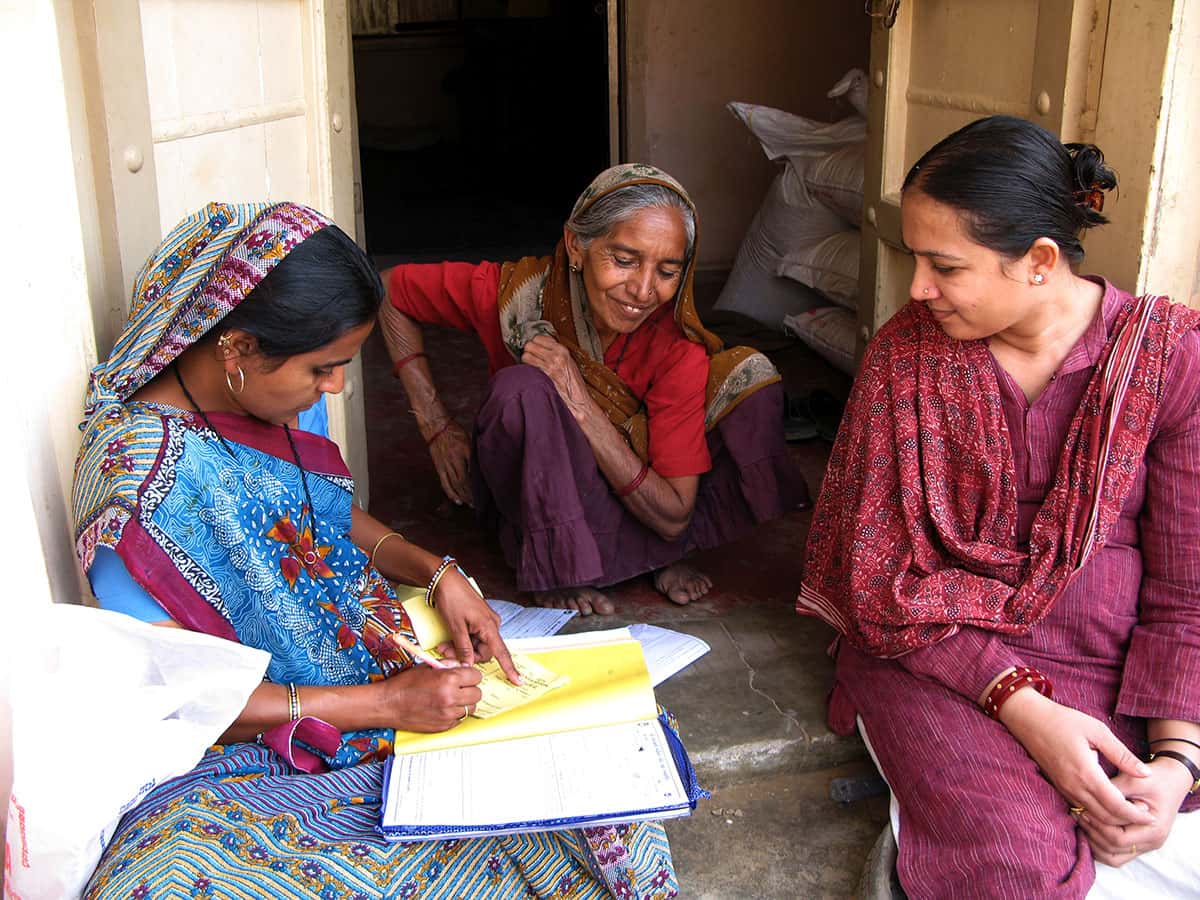Statistics
Statistics on the Informal EconomyFrom its founding, WIEGO has placed priority on the development of official statistics on the informal economy. This section presents recent data on informality, and the concepts, definitions and methods used in this field of statistics. It also describes the role of WIEGO in the development of statistics on the informal economy.
Statistical PictureStatistics on the informal economy are increasingly available
Data on informal employment are collected in many countries and their availability has increased through ILOSTAT – the main ILO database on informality – and a series of ILO publications, some prepared together with WIEGO. In addition, WIEGO prepares data on informal employment and key groups of workers in countries and a major city in each.
Browse the Latest Statistics-
58%
of the world's workers are informally employed – representing 2 billion people
-
92
out of every 100 women in low-income countries are in informal employment
-
47%
of all workers in informal employment are own-account workers
Statistical Concepts, Definitions, and MethodsWhat you need to know to use data on informality
Dialogue and collaboration between statisticians and users of statistics are crucial to producing timely data that inform policy. This section provides users of statistics on informal employment with the information required to use the available data, as well as to undertake discussions with statistics producers about their data needs.
The Development of Statistics in the Informal EconomyProgress in measuring informal employment
This section describes the substantial progress made in the development of statistics on the informal economy since 1993, when the Conference of Labour Statisticians recommended a statistical definition of the informal sector. It highlights the role of WIEGO in these collaborative efforts with official statisticians, advocates and other users of these data which have been important in achieving this progress.


_1.jpg)